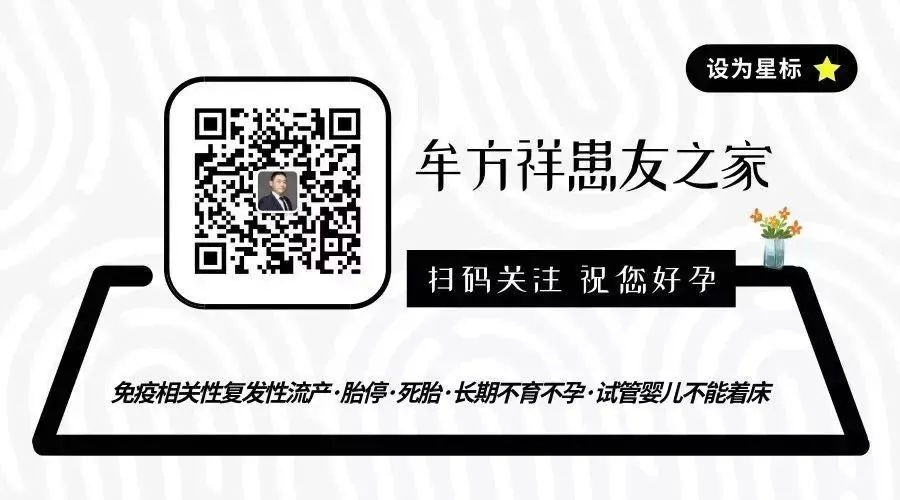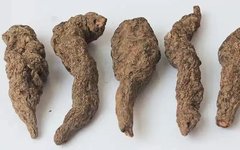Shu Di Huang (Rehmannia Root), also known as 熟地 (Shu Di), has a sweet taste, is slightly warm, and is associated with the Liver and Kidney meridians. Its effects are recorded in the Ben Cao Cong Xin: “Nourishes Kidney essence, fills the bone marrow, benefits the blood vessels, replenishes true Yin, sharpens hearing and vision, and darkens hair and beard.”
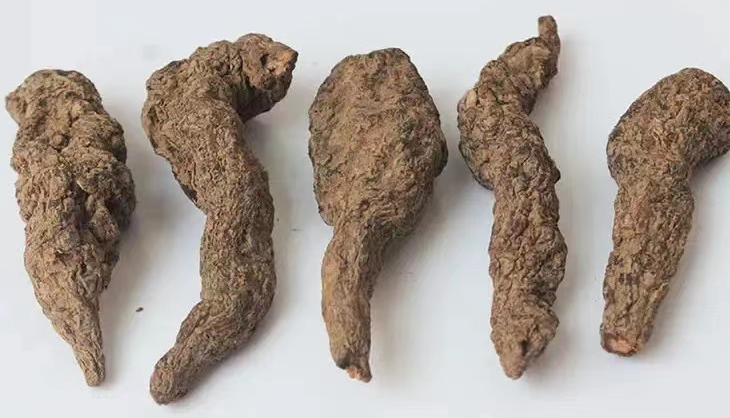
It is processed from Sheng Di Huang (Raw Rehmannia), which is first mentioned in the Shen Nong Ben Cao Jing. The processing method appears in the Pao Zhi Lun from the Southern and Northern Dynasties: “Harvest Sheng Di Huang, remove the white skin, steam it in a porcelain pot with a willow wood steamer, let it cool, mix with wine and steam again, then dry it out.” The earliest recorded name of this herb appears in the Ben Cao Tu Jing by Su Song during the Song Dynasty.
Modern research shows that its chemical composition is similar to Sheng Di Huang, mainly containing phenylethanoid glycosides, as well as monosaccharides and various amino acids. The main pharmacological effects of Shu Di Huang include: (1) Immune system (increases WBC, enhances cellular immunity); (2) Endocrine system metabolism (hypothalamus-pituitary-adrenal axis, hypothalamus-pituitary-gonadal axis, lowers blood sugar); (3) Antioxidant effects; (4) Cardiovascular system (strengthens the heart, lowers blood pressure); (5) Enhances hematopoietic function.
Clinically, it is often used for Blood Deficiency Syndrome and Liver-Kidney Yin Deficiency Syndrome.
01
Blood deficiency leads to paleness, palpitations, irregular menstruation, and excessive bleeding. Shu Di Huang nourishes Yin and benefits essence to generate blood, making it a key herb for treating blood deficiency syndrome, often used in combination with Dang Gui (Angelica Sinensis), as in Si Wu Tang (Four Substance Decoction) and Ba Zhen Tang (Eight Treasure Decoction).
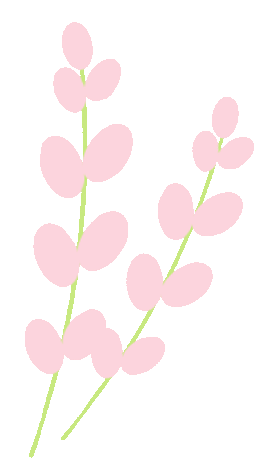 02
02
Liver-Kidney Yin deficiency presents with soreness in the lower back and knees, tidal fever, night sweats, and internal heat with thirst. Shu Di Huang nourishes Yin and replenishes blood for treating Liver-Kidney Yin deficiency syndrome, often combined with Shan Yao (Chinese Yam), Shan Zhu Yu (Cornus), and Mu Dan Pi (Moutan Root), as in Liu Wei Di Huang Wan (Six Flavor Rehmannia Pill) and Zhi Bai Di Huang Wan (Anemarrhena and Phellodendron Rehmannia Pill).
 03
03
For Kidney and Liver deficiency, with symptoms of dizziness, tinnitus, and premature graying of hair, it is often used with Zhi He Shou Wu (Processed Fo-Ti) and Tu Si Zi (Dodder Seed), as in Qi Bao Mei Ran Dan (Seven Treasure Special Pill).

The classic formula for nourishing Yin and strengthening the kidneys is Liu Wei Di Huang Wan, where Shu Di is a primary ingredient, now widely made into patent medicines and commonly used. Additionally, there are Zhi Bai Di Huang Wan (Anemarrhena and Phellodendron Rehmannia Pill) for nourishing Yin and reducing fire, Da Bu Yin Wan (Great Yin Tonic Pill) for nourishing the kidneys, and You Gui Wan (Right Return Pill) for warming and tonifying Kidney Yang, filling essence and stopping leakage.

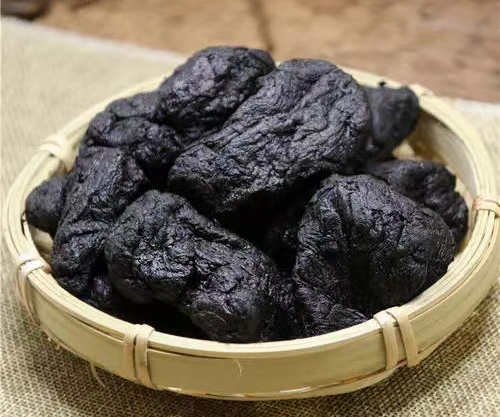
In daily life, Shu Di can also be used for health maintenance. The Ben Cao Gang Mu states: “Fills the bone marrow, promotes muscle growth, generates essence and blood, replenishes the five organs from internal injuries, opens the blood vessels, benefits the ears and eyes, and darkens hair.” In the Qian Jin Yao Fang, there is a recipe for Shu Di Gao, which involves boiling 300g of Shu Di three times, filtering out the residue, combining the filtered liquid, adding an appropriate amount of white sugar, and cooking it into a paste for bottling. The dosage is 9-15g per time, taken 1-2 times a day with warm water. It can nourish Yin and blood, and benefit the kidneys and fill essence for those with blood deficiency and insufficient kidney essence.
In the Ming Dynasty, physician Zhang Jingyue particularly favored the use of Shu Di, earning the nickname Zhang Shu Di. In his work Jing Yue Quan Shu, he often prescribed Shu Di in large doses, sometimes up to 200-300g in a single prescription. He believed that Shu Di greatly replenishes kidney essence, and for weak individuals, it is essential to use it in substantial amounts to achieve results. However, caution is advised with the usual dosage of Shu Di, as excessive amounts can lead to diarrhea and internal heat. The remarkable use of large doses of Shu Di not only fills essence and replenishes deficiency but also treats stubborn insomnia, based on the experience of a renowned TCM physician, provided the syndrome is accurately identified.
Common medicinal dishes using Shu Di include: 1. For insomnia, dizziness, pale menstrual flow due to blood deficiency, and nocturnal emissions, prepare slices of Shu Di wrapped in gauze, simmer until the liquid turns brown, then cook with glutinous rice, and after removing the Shu Di, add an appropriate amount of rock sugar to dissolve; 2. For both Qi and blood deficiency, with pale complexion, poor appetite, and fatigue, wash and slice pork, crush pork bones, and use a gauze bag to wrap together Dang Shen (Codonopsis), Fu Ling (Poria), Bai Zhu (White Atractylodes), Shu Di, Dang Gui, Bai Shao (White Peony), and Huang Qi (Astragalus). Add chicken, pork, and the herb bag to the pot, simmer until the chicken is tender, remove the herb bag, and season with ginger, scallions, cooking wine, and salt, consuming in portions. Besides these recipes, Shu Di can also be used in soups (Shu Di Beef Bone Soup) and for making medicinal wine.
It is important to note that Shu Di Huang is warm in nature and sticky in texture, thus should not be used in large amounts for those with external heat, internal heat, phlegm-dampness, or food stagnation leading to loose stools.
All herbal materials and medicines should be used under the guidance of a physician and should not be used arbitrarily.
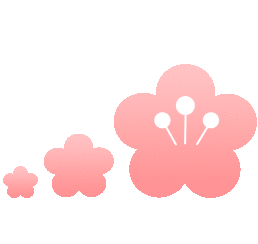
Images in this article are sourced from the internet, please delete if infringing.
This article aims to provide readers with TCM knowledge; the content cannot replace personal medical diagnosis and treatment, and is for reference only. Please consult a physician for specific medication and disease issues.
For more exciting content, please follow our WeChat public account ↓
